Today is my lucky day because I get to talk about Tomba with legendary creator Tokuro Fujiwara. Before leaving Capcom to develop Tomba, Fujiwara worked on many games, including some you may have heard of, such as Mega Man, Resident Evil, and Commando.
Tomba is a colorful action platformer originally published by Sony Computer Entertainment and loved by hardcore PlayStation fans. In an era where side-scrolling games were taking a backseat to 3D polygon gaming, Mr. Fujiwara decided to do something different: a beautiful blend of old and new, something truly unique.
Now, after almost twenty years, Tomba returns to PlayStation on August 1 with new features such as Tomba Special Edition
Alena Alambeigi: In 1997, when you made Tomba, most developers focused on creating 3D games like Tomb Raider or Crash Bandicoot. Instead, you decided to mix 2D sprites with perspective-shifting 3D environments. Because?
Tokuro Fujiwara: Tomba runs on 3D technology, with gameplay designed around 2D principles. That's why it is described as a 2.5D game. I think 2D games have a certain charm that 3D doesn't have. I also wanted to push the limits of what could be done. To make my vision a reality, I needed to use 2D principles along with 3D computer-generated imagery. This allowed me to create something that felt new to PlayStation.
There were times when I wondered if I should go for 3D, 3D games have a very clear sense of space. In 2D, all the action takes place on one plane and multiple layers provide a sense of depth. This means that you must design the game creatively so that the different layers do not conflict. This results in something interesting that can only be achieved with 2D.
Alambeigi: What do you hope new players take away from the special edition of Tomba?
Fujiwara: Tomba has many side quests. These come in different varieties and are hidden throughout the game. I encourage players to look for them. Various items allow players to learn new moves, expanding the way levels can be overcome. I hope players find and seal the Evil Pigs scattered around the world, which will unlock even more to see! There are many discoveries to be made. I hope players can relax and enjoy the world of Tomba.
Alambeigi: Talk about genre-bending gameplay. Tomba feels like an open world despite being described as a side-scrolling platformer. This was largely due to the non-linear way the levels could be played. Was this done intentionally or was it something that just happened during development?
Fujiwara: I had envisioned this open-feeling game from the beginning. It was all a blur when it all started, but as development progressed, it started to take shape.
Tomba could be considered an open-world title, a term that was rarely used back then. There is a large area with a lot of different content. You find, discover and collect various things as you move. For example, you must complete certain tasks in Tomba, but you can wander around freely and complete them however you want. Some main tasks and objectives may even be skipped entirely. Many of the ideas I envisioned for Tomba back in the day were ideas we see in open-world game design today.
I initially wanted to include 100 missions, but the final game exceeded that. It was a tough job for the team to fit it all into a timeline. What started as vague ideas in my head turned into such a large amount of content that it blew my mind.
Alambeigi: The original PlayStation was a huge leap in gaming technology. What was it like to live it back then?
Fujiwara: Game development is a continuous battle against technological growth. This was true then and remains true today. I felt that the PlayStation was a notable improvement in terms of hardware, allowing for greater possibilities. Games went from being rendered in pixels to CG. Game developers had to learn many new skills. Expectations rose along with the scope of game ideas. Development environments evolved, making things challenging but exciting for developers. The introduction of the PlayStation and the advancements of that era still impact gaming today.
Alambeigi: Finally, why do you think it's important to bring Tomba back now?
Fujiwara: Tomba has been around for a long time, but many still love it. I've long wanted the game to be accessible to more people on modern systems. Now that the opportunity is here, I think today's PlayStation fans will really enjoy Tomba.
Tomba Special Edition arrives on PlayStation 5 on August 1, followed by PS4.









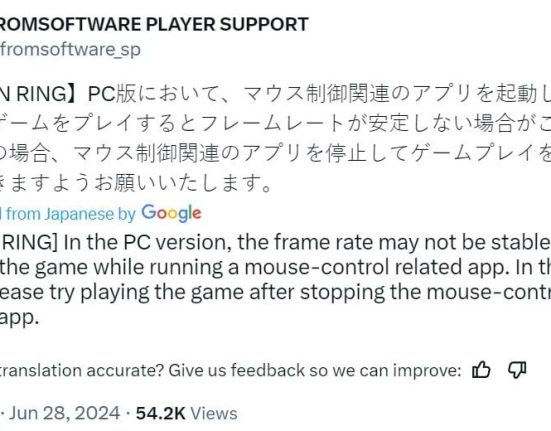
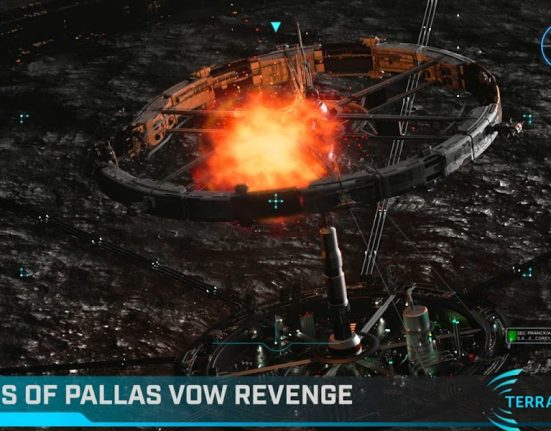
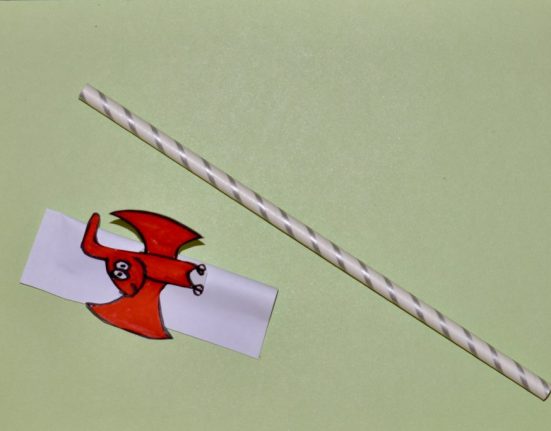
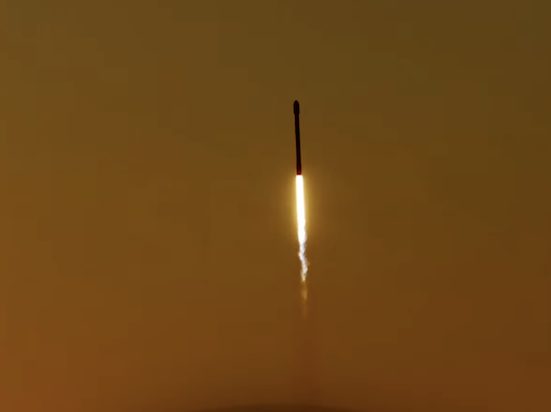
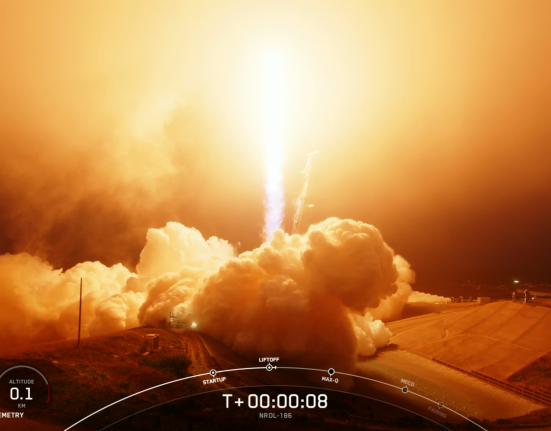
Leave feedback about this